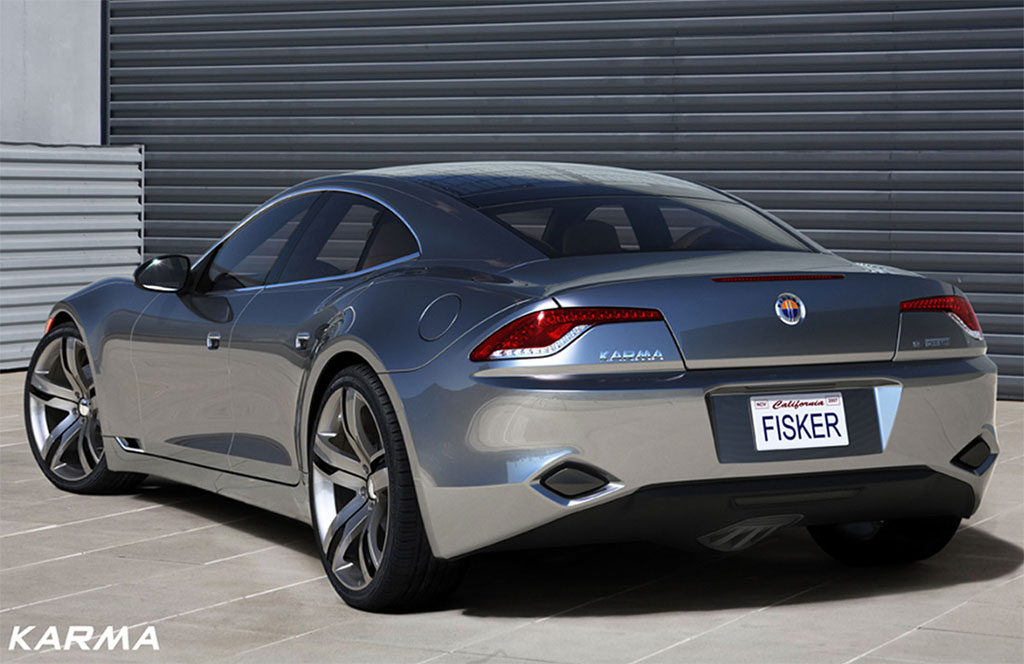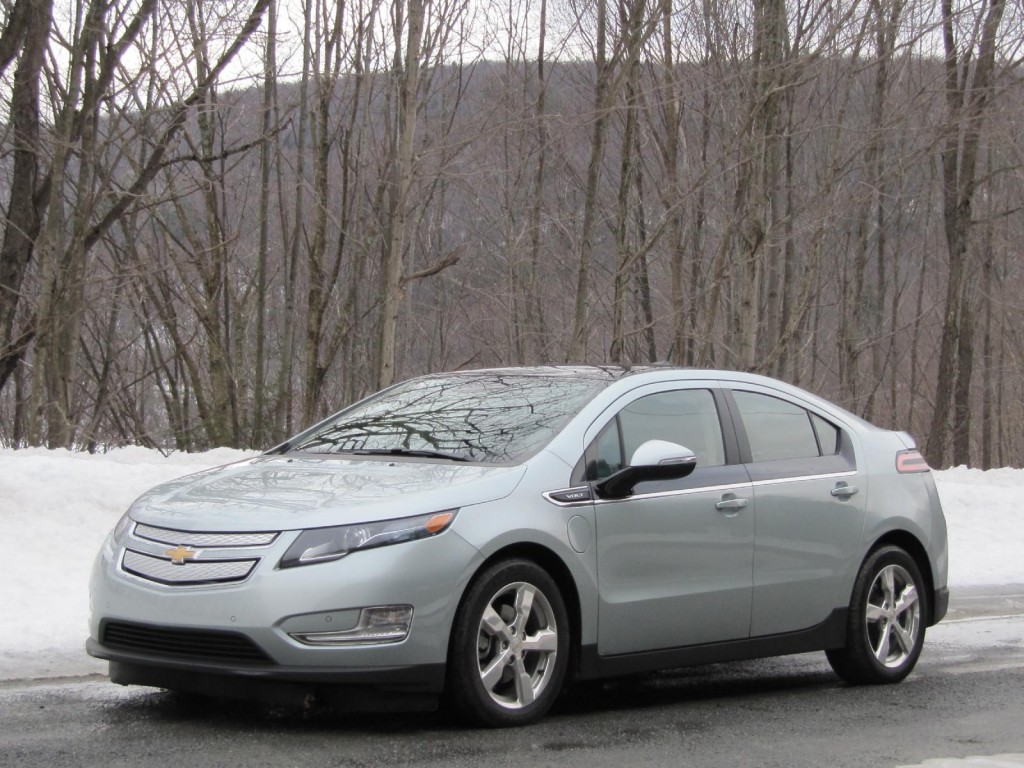
2011 Fisker Karma
These are exciting times to be a car shopper, as the choices in every possible category just keep getting better and more fuel-efficient.
The options for ecologically sensitive hybrid buyers have taken a major step forward with the introduction of the 2011 Chevrolet Volt and the imminent arrival of the 2011 Fisker Karma.
Both of these cars are range-extended electric cars, whose wheels are turned solely by one or more electric motors. (There's a minor exception for the Volt, but it's not worth covering here.)
Then, by June 2012, the Toyota Prius Plug-In Hybrid will also arrive on the open market. It's an evolution of Toyota's Hybrid Synergy Drive design, technically known as a parallel hybrid, with a larger battery pack that can be recharged by plugging it into the grid.
Which is better?
The big problem with a pure electric car is the size, weight, and cost of the battery pack required to sustain the vehicle for realistic extended driving of 200 to 300 miles in a day. That's where range-extended electric cars (also known as "series hybrid" designs) come in.

2011 Chevrolet Volt drive test, March 2011
The series hybrid format still uses only electric power to drive the wheels, but it also has a range-extending gasoline (or diesel) engine that kicks in to drive a generator that provides electricity to power the electric motor after the battery charge is depleted.
Series hybrids like the 2011 Volt and the 2011 Fisker Karma are basically electric cars, and within their battery range (25 to 40 miles for the Chevrolet Volt and a projected 50 miles for the Fisker Karma), the engine never switches on, making them truly zero-emission vehicles despite the presence of a gasoline engine.
In a (non-plug-in) parallel hybrid, like all present-day Toyota and Lexus models, the new 2011 Infiniti M35h, and all Ford and Lincoln hybrid models, the electric motor is relatively small and can drive the wheels under light loads only.
Today's parallel hybrids can use electric-only mode at speeds at high as 62 miles per hour for distances up to 1 mile or more, but under greater load from more demanding acceleration, and at higher speeds, the gasoline engine starts up to provide extra power.

Toyota Prius Plug-In Hybrid prototype, tested in November 2010
Plug-in versions of parallel hybrids can run longer, accelerate quicker, and stay all-electric longer, but their engines still switch on and off at will when needed.
That makes driving them a very different experience from driving an all-electric Volt or Karma before each one has depleted its battery pack.
It's also worth noting that the prototype Prius Plug-In Hybrid would not recharge its battery pack once depleted.
Real daily driving numbers
The basic (non-plug-in) 2011 Toyota Prius is rated at 50 mpg combined gas mileage, so the 2012 plug-in Prius will easily better that number. Some early prototype reports suggest 70 to 80 mpg with regular fuel should be commonplace.
But even careful driving is not likely to produce a much better number than 80 mpg since in a parallel hybrid, the gasoline engine will always find a way to do some work, especially if the car travels more than the projected 12-to-14-mile range of the battery pack.

prototype 2012 Toyota Prius Plug-In Hybrid, April 2010
In highway-intensive driving at Northeast winter temperatures, one road test produced only 53.9 mpg in a prototype Prius Plug-In Hybrid.
On the other hand, data collected by General Motors from the first few hundred Volts sold indicate that they travel up to 1,000 miles before refueling. Volt owners report on the Chevy Volt Forum that they get gas-mileage averages close to 150 mpg in their real-world vehicle use.
The 2012 Fisker Karma should also produce mileage similar to the 2011 Volt in actual use, as long as its drivers do not need to take regular daily drives of more than 75 to 90 miles too often.
For either car (at prices of $41,000 for the Volt and $95,900 for the Fisker Karma), it's more about radical cuts in gasoline usage than it is about payback.
Fisker has promised, however, to introduce a similar drivetrain at a more attainable price by around 2014. That model, not yet seen publicly, is currently called the "Nina."
+++++++++++












